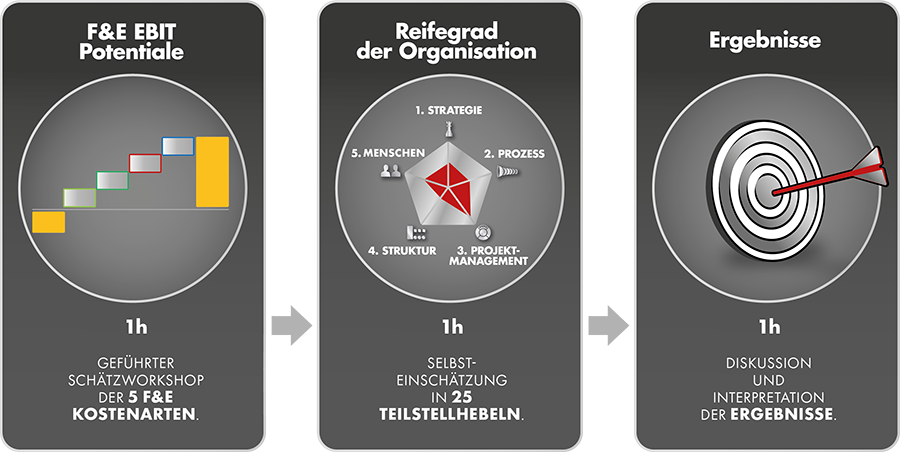1. AGILE or PEP?
“Our leading operating system in product development is PEP, the Product Entstehungs Prozess (product creation process).
Recently, we have been very successful in adopting agile product development principles. Our teams have become more autonomous, take on more responsibility, and embrace self-organization.
Now we are wondering if AGILE will replace our existing ‘operating system,’ PEP? Whether these two operating systems compete and interfere with each other.”
Or is there a way to merge the best of both worlds?
LEANPEP


2. The best of both worlds.
AGILE focuses the team on the sprint – the next 2 weeks. In stage planning, teams synchronize with departments for the next 6 sprints = 3 months. But what ensures that we can meet the project end date in several years?
For this, we need milestones that also include long-distance activities such as tool procurement and testing. Activities along the critical path are crucial for SOP compliance, and that’s exactly what we need PEP as a foundation for.
AGILE and PEP are not contradictory – they complement each other – if done right!
LEANPEP
3. Our PEP has become overgrown.
“When we introduced our PEP, the goal was to bring together and standardize our knowledge of product development so that we could make it accessible to everyone. We wanted to incorporate milestones and gates to ensure high-quality market delivery. We aimed to orchestrate cross-functional collaboration. The PEP was meant to be flexible – applicable to large, medium, and small projects alike.
Since its introduction, we have frequently added to it. The system has grown larger and larger.
Now, it has become so complicated that it sometimes hinders us.”
LEANPEP


4. Streamlining the PEP intelligently.
It’s time for a revision of our PEP. We need to rein in the overgrown complexities.
Simply trimming the PEP down would be superficial. We need an intelligent logic for PEP 2.0.
“With AGILE, we’ve increased the commitment of every team member. We’ve broken down the planning of individual tasks to a daily level. We’ve never been this detailed before!”
What does this mean for the PEP? It doesn’t need to replicate this level of detail. Sprint planning and stage planning need an overarching focus – the milestones. The PEP can focus on the critical path.
A streamlined PEP will be clearer, simpler, and gain more acceptance within the team.
LEANPEP
5. A good PEP is sexy.
If a process description isn’t engaging, it won’t come to life. If a new employee has to wade through tons of text initially, they won’t find it enjoyable.
To convey important messages to people in project teams, the same laws apply as in marketing: simple, clear statements and appealing graphics. Get straight to the point! It’s good when there’s nothing left to remove.
A good PEP is attractive, easy to understand, and memorable. Less is more.
If the PEP is a key medium for organizing cross-functional collaboration in the company, then it must be visible to people. PEP posters on walls and screens – where employees enter in the morning, go for lunch, return, and leave in the evening.
The PEP becomes omnipresent.
LEANPEP

Self-Assessment Workshop

Improvement Potential

Assess LEANPEP Potential.
1. Current State Analysis.
– First, we want to understand your current situation.
2. Self-Assessment-Workshop.
– In the self-assessment workshop, we will show you best practices.
3. Action Plan.
– Based on this, you assess your need for action.
4. Improvement Potential.
– We estimate the quantitative improvement potential.
5. Vision.
– Together, we define a vision.
6. Implementation Plan.
– We establish an implementation plan.
We estimate your R&D performance.
The R&D Performance Self-Assessment.
In a 3-hour workshop with the R&D leadership team, you will learn about our methodology:
Part 1: Self-assessment of R&D EBIT cost potentials.
Part 2: Maturity level of the organization across 5 levers.
Part 3: Result interpretation.
By narrowing down through scenarios, it quickly becomes clear whether an initiative is worthwhile.

